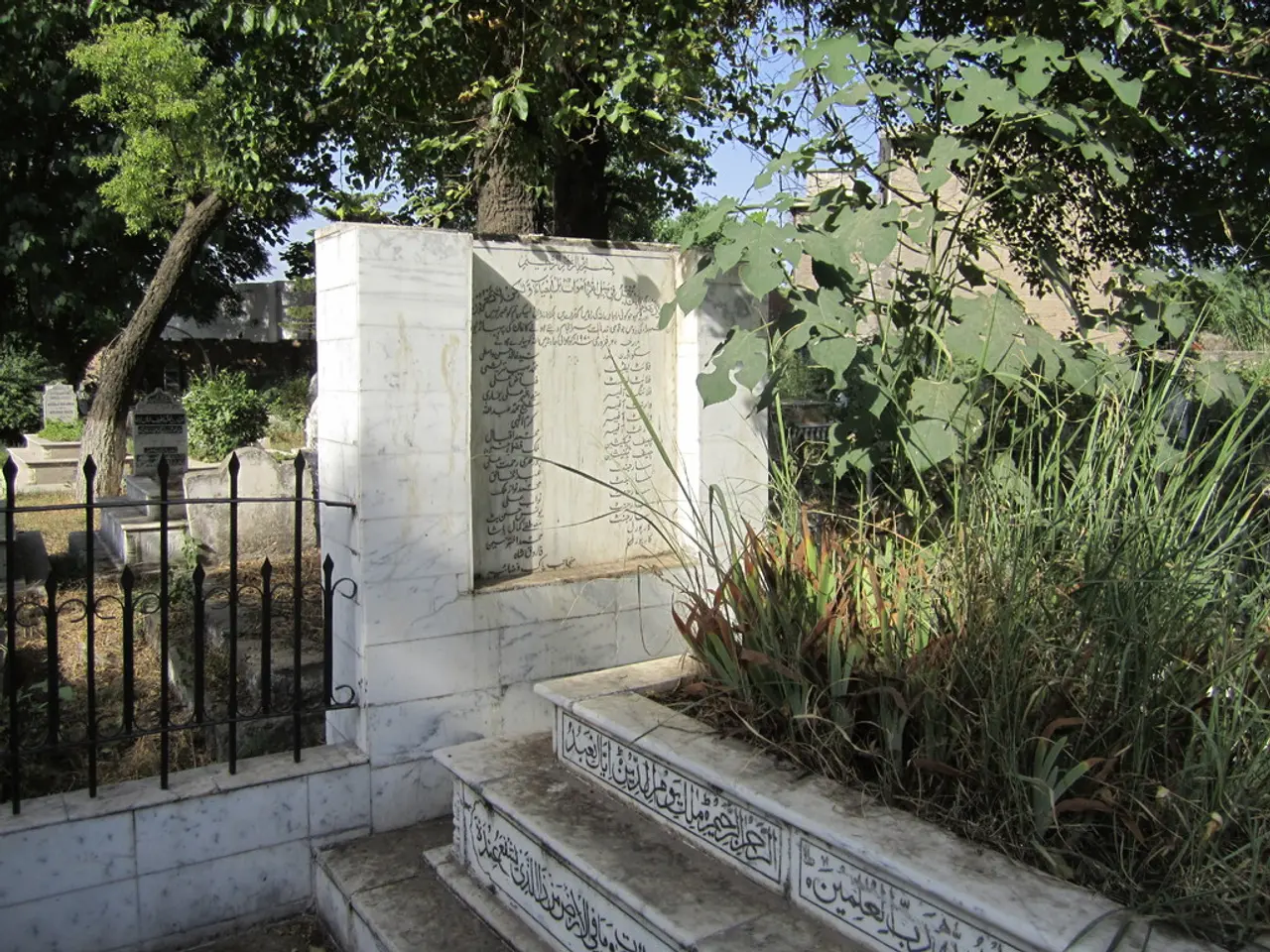Historic Site of Sand Creek: Marked by a Bloodied Past
In the southeastern region of Colorado, about 170 miles from Denver, lies a significant and poignant piece of American history – the Sand Creek Massacre Site. This location, once the scene of a tragic event in 1864, now serves as a sacred space for descendants of the Cheyenne and Arapaho tribes, and a place of education and reflection for all.
On November 29, 1864, a force of around 675 volunteer soldiers, led by Colonel John Chivington, attacked a peaceful Cheyenne and Arapaho encampment at Sand Creek. The result was a devastating loss of life, with more than 230 deaths, mostly women, children, and the elderly.
The Treaty of Fort Wise in 1861 had reduced Cheyenne and Arapaho lands significantly, causing tension that ultimately led to the massacre. Today, the site is a testament to the resilience of the Cheyenne and Arapaho peoples, who continue to play a central role in preserving and interpreting the story of Sand Creek.
Soil analysis and mapping of artifact patterns have provided valuable insights into the sequence of events and the scale of the tragedy. Forensic archaeologists have uncovered evidence of tipi rings, spent ammunition, and personal items, offering a tangible connection to the past.
Visiting the Sand Creek Massacre National Historic Site is a deeply emotional experience. The land, slowly reclaiming itself with grasses and wildflowers, seems to whisper tales of violence and loss. The prairie ecosystem, home to meadowlarks, pronghorn, and coyotes, stands as a stark contrast to the events that took place here.
Every step at the site feels imbued with significance for many visitors. The Cheyenne and Arapaho tribes lived in harmony with the land along these plains before the massacre, and their connection to the land remains strong.
The Sand Creek Massacre serves as a symbol of both tragedy and hope. It challenges us to confront uncomfortable truths about our past and strive for a world where such violence is never repeated. The National Park Service offers guided tours, talks, and interpretive exhibits to educate visitors about the history of the Sand Creek Massacre, inviting contemplation and respect.
Conservation efforts focus on restoring native species and protecting the fragile watershed of Sand Creek. The site is treated with reverence, a testament to the enduring spirit of the Cheyenne and Arapaho peoples and their quest for justice and reconciliation. Today, the Sand Creek Massacre Site stands as a reminder of our shared history and a call to action for a brighter future.







